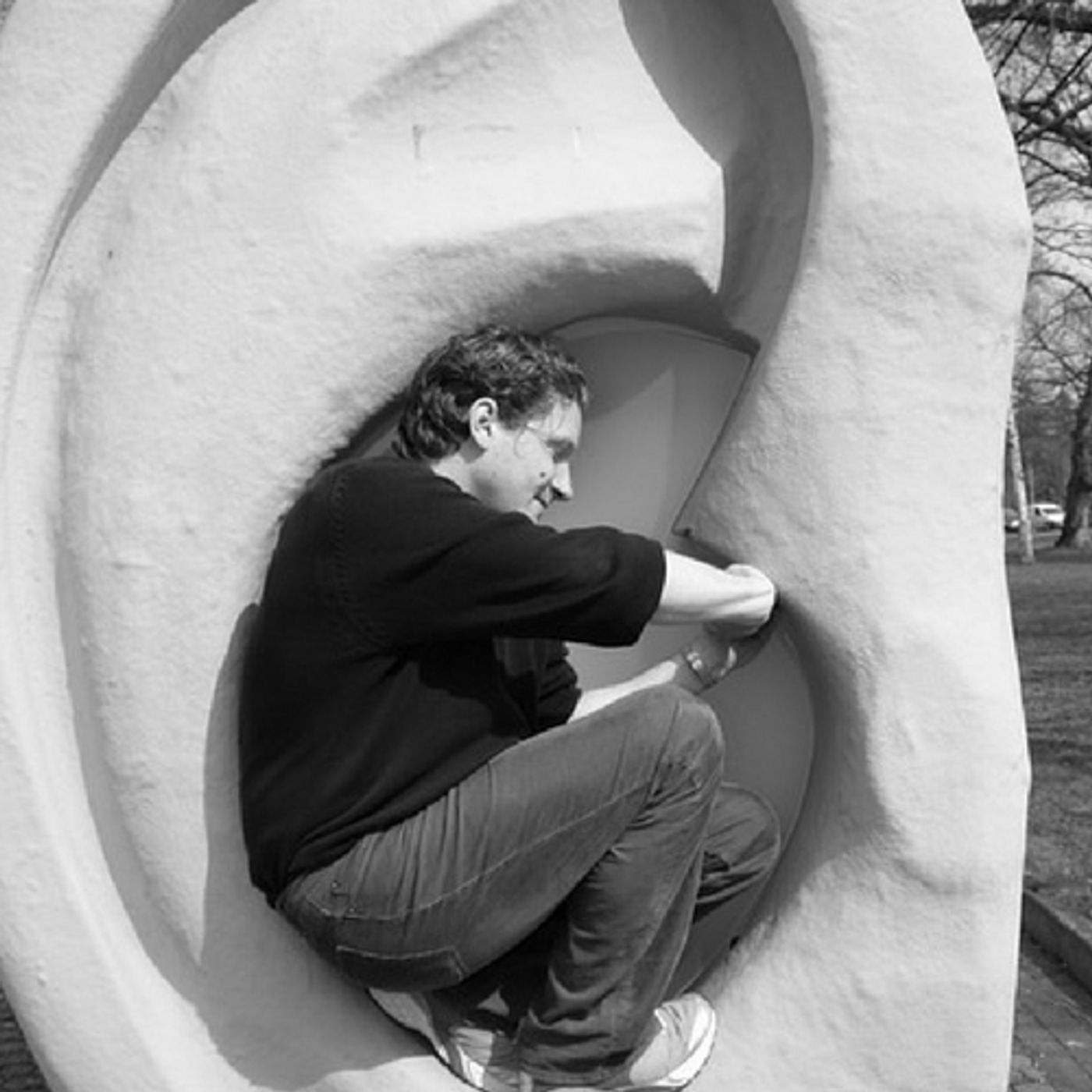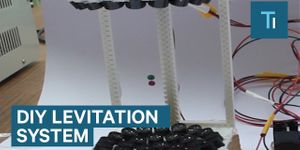A New Device Could Treat Tinnitus
After a loud rock concert or a day spent in a noisy environment, some people can have a ringing sound in their ears. It usually passes, when the noise settles down. When it doesn't, and it's persistent, it's called tinnitus, and millions of people suffer from it. It can interfere with hearing, focus and mental health and, so far treatments are not always effective.
Researchers at the University of Michigan may have come up with an experimental device that could help by targeting specific nerve activity in the brain. By playing a particular sound at timed intervals and using a mild electrical shock, the nerves that are involved in tinnitus can be calmed and the sounds reduced. The device was tested on humans and lab animals, and the results are promising.
Susan Shore, Ph.D., leads the research team and is a professor at the U. Michigan School of Medicine. She explained how the device works, stating, "The brain, and specifically the region of the brainstem called the dorsal cochlear nucleus, is the root of tinnitus. When the main neurons in this region, called fusiform cells, become hyperactive and synchronize with one another, the phantom signal is transmitted to other centers where perception occurs. If we can stop these signals, we can stop tinnitus. That is what our approach attempts to do, and we're encouraged by these initial parallel results in animals and humans."
In the human experiment, all participants were patients who had tinnitus. They each wore a device, but half of them wore a "sham" device that was similar to the real one but did not actually target nerves. The device plays a sound, at specific timed intervals and also delivers a mild electrical current to nerves involved in producing the ringing sounds. After four weeks of wearing the device every day, the phantom sounds that the tinnitus sufferers reported had decreased, and other tinnitus symptoms like inattention or irritability had also been reduced. Those wearing the sham device did not notice any improvement.
The method of timing sounds and electrical pulses is called targeted bimodal auditory-somatosensory stimulation. It relies on the patient hearing the tone as well as feeling the electrical pulse which is aimed at nerves in the cheek and neck. The sounds and pulses trigger "stimulus timing-dependent plasticity", or STDP. When activity in fusiform cells is normal, the sound is processed. After loud noises or other trauma, the neurons actually change the order in which they fire, and that disruption can persist. The device is a way to reset this nerve activity and reduce the annoying ringing sounds. Since tinnitus can interfere so much with daily living, hearing, balance, and other factors, including psychological stress, the researchers hope their approach can bring some relief to the millions who suffer from it. In the video below, Dr. Shore explains her research and what she hopes will come out of the work.
Sources: University of Michigan, American Tinnitus Association, The Atlantic









